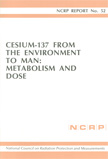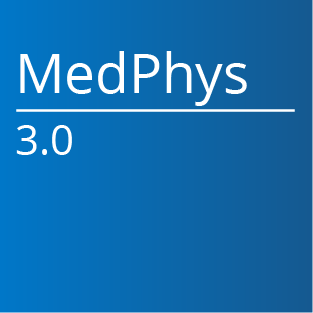AAPM has contracted with NCRP to provide each AAPM Member in good standing access and download privileges of electronically available NCRP reports, commentaries and statements. This report was prepared by the National Council on Radiation Protection and Measurements (NCRP). The Council strives to provide accurate, complete and useful information in its reports. However, neither the NCRP, the members of NCRP, other persons contributing to or assisting in the preparation of this report, nor any person acting on the behalf of any of these parties (a) makes any warranty or representation, express or implied, with respect to the accuracy, completeness or usefulness of the information contained in this report, or that the use of any information, method or process disclosed in this report may not infringe on privately owned rights; or (b) assumes any liability with respect to the use of, or for damages resulting from the use of, any information, method or process disclosed in this report.
 |
Report No. 052 - Cesium-137 From the Environment to Man: Metabolism and Dose (1977) Price: $55 PDF (AAPM Members FREE) Category: Reports This Report first outlines the environmental deposition of Cs-137 as fallout from atmospheric nuclear testing. The intent was not to document what has been found, but rather to draw from that experience the information that might be helpful in assessing the relative importance of various food chain pathways and in providing a broad understanding of the metabolism of Cs-137 in man. Second, dosimetry was explored rather fully, to give not only an average dose to the total body but also some idea of the departures from the average that might be expected. In particular, it appears that children, pregnant women, and some persons suffering from certain diseases eliminate cesium more rapidly than does the normal adult, and thus, receive less dose for a given contamination level in the diet. Maximum permissible concentrations (MPC), or equivalently maximum permissible annual intakes (MPAI), of Cs-137 are derived for occupational exposure to soluble compounds. No widespread use of insoluble compounds is known at this time. Fortunately, the wide availability of in vivo counters makes it feasible to follow directly such cases as might occur. While many critical points remain unanswered from the animal experimentation, a moderately large body of information has been accumulated on animals. The most significantt experiments are reviewed in Section 5. Scientific Committee: John C. Bugher, Chairman (1966-1970) - deceased Walter S. Snyder, Chairman (1970-1977) Eight expert members. |



















